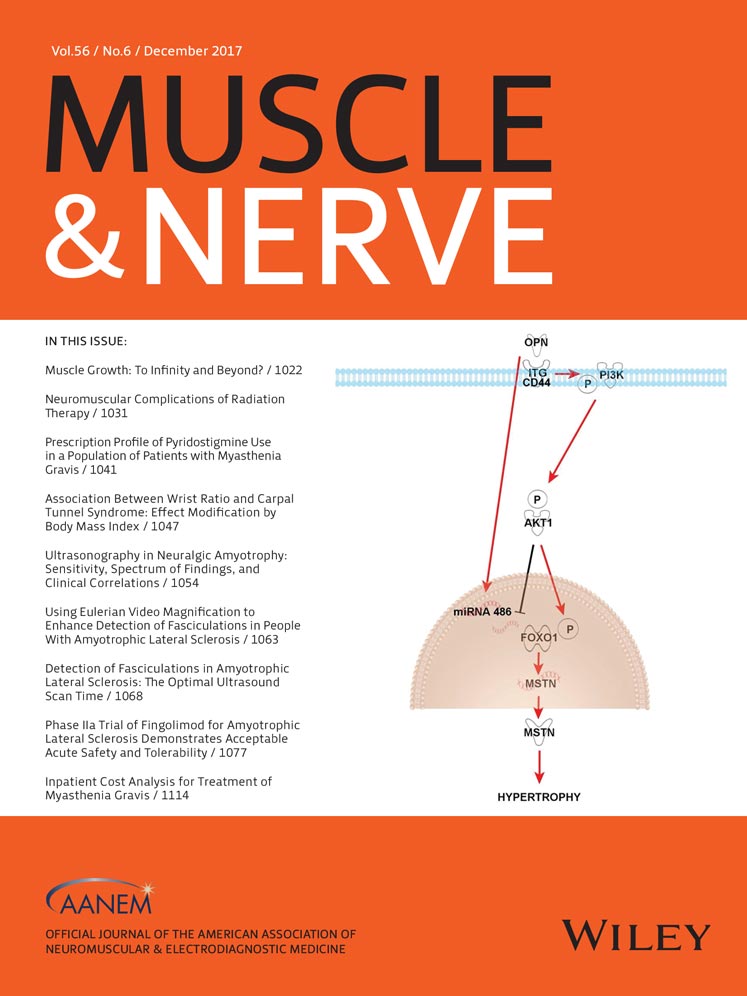Age may contribute to the increased frequency of axonal Guillain-Barré syndrome
Funding: This study was supported by the Center for Research on Neuroimmunological Diseases, Raúl Carrea Institute for Neurological Research (FLENI).
Conflicts of Interest: The authors have no conflicts of interest to disclose.
ABSTRACT
Introduction
The frequency of axonal Guillain-Barré syndrome (GBS) varies among countries. Previous studies supporting the high frequency of axonal GBS in South America have been carried out with pediatric populations. We seek to determine the frequency of axonal GBS in both children and adults in South America.
Methods
This is a retrospective cohort analysis of patients who were diagnosed with GBS between January 2006 and December 2013 in a neurological center in Buenos Aires, Argentina. Adults and children with a diagnosis of GBS were included and classified by applying Ho and colleagues' criteria1 for axonal GBS.
Results
The study included 105 patients with GBS. Among 58 adults, only 5 individuals were classified as axonal GBS compared with 16 of 47 children. The frequency of axonal GBS was significantly higher in children than in adults (34% vs. 8.6%, P = 0.0001).
Discussion
As shown in a cohort of South American patients, age may impact the frequency of axonal GBS. Muscle Nerve 56: 1311–1313, 2017




